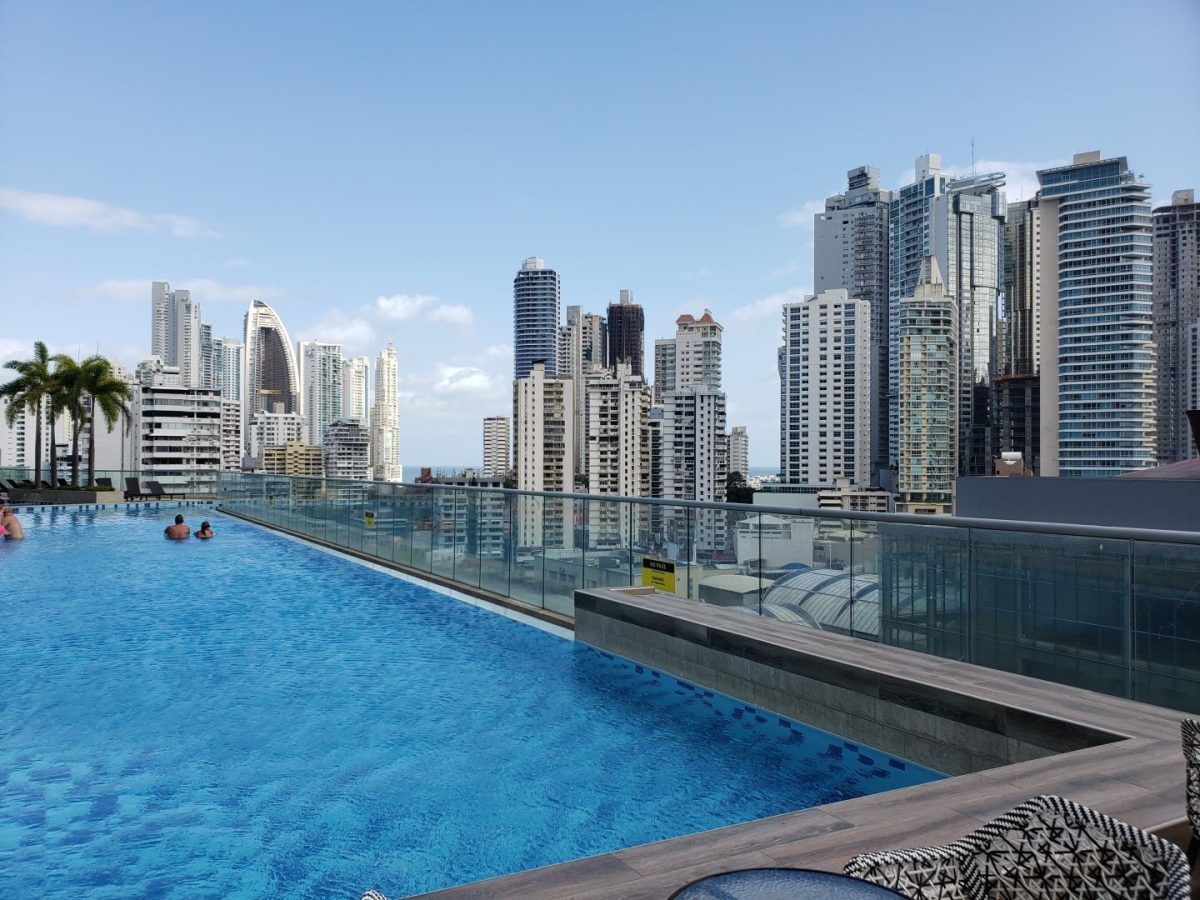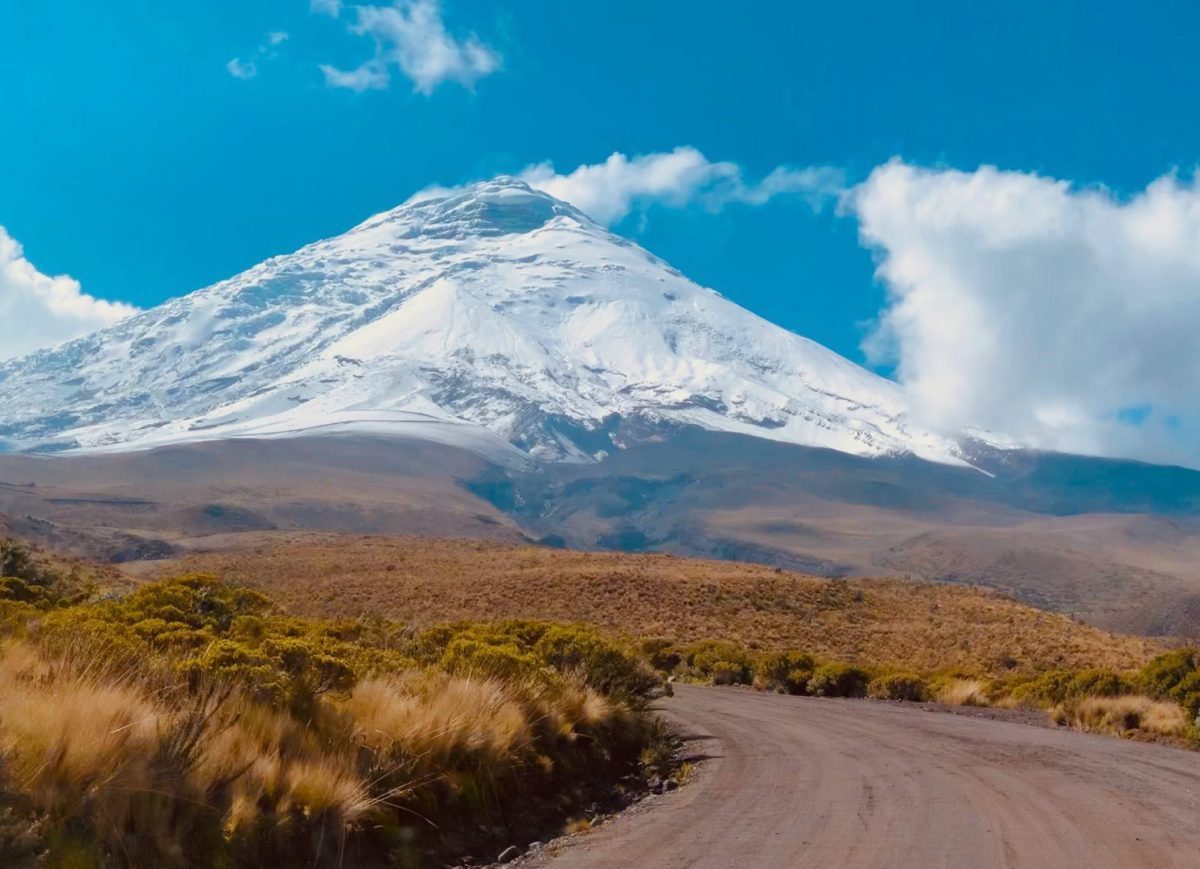Xinjiang Best Classic Silk Road Tour With Locals
The Xinjiang Best Classic Silk Road Tour With Locals is a 12-day private guided tour that takes you on a journey down the Silk Road. The tour starts from Kashgar and takes you through the scenic cultural, religious, and historical highlights of the North and South Silk Road. Discover the Taklimakan Desert, Karakoram Highway, Karakul Lake, Tashkurgan, Hotan, Thousand Buddha Caves, Turpan, Jiaohe, Karez Wells, Heavenly Lake, and Urumqi.Overview
Follow in the footsteps of Marco Polo and enjoy a comfortable and hassle-free travel experience. The tour includes an air-conditioned vehicle and sleeper train, all permits and entrance fees for attractions, and a multi-lingual local guide to eliminate any language barriers. You will stay in 3- and 4-star hotels with breakfast included.Highlights
The tour starts in Kashgar, and from there, you will witness the beauty of the Taklimakan Desert, one of the world’s largest sand deserts. The next stop is Karakoram Highway, the highest paved international road in the world, which connects China with Pakistan across the Karakoram mountain range. Admire the stunning scenery of Karakul Lake, which is also known as the ‘Black Sea’ due to its deep blue waters. At Tashkurgan, you’ll witness China’s ethnic diversity and get the opportunity to learn about Tajik culture. Another highlight is the city of Hotan, which is famous for its jade production and silk weaving. In the Thousand Buddha Caves, you’ll discover hidden gems from the Northern Wei dynasty, including grottoes and murals. The next stop is Turpan, one of China’s ancient cities with plenty of natural landscapes, historical relics, and cultural sites. Jiaohe is another ancient city built entirely of rammed earth, and it’s a testament to China’s architectural and engineering prowess. The Karez Wells are a unique underground irrigation system that dates back over 2000 years, and you’ll witness their importance to the locals who have sustained themselves with its water resources. Heavenly Lake, situated in the Tian Shan mountain range, is another stunning attraction that showcases the natural beauty of the region. The tour concludes in Urumqi, where you’ll capture the charisma of the city and learn more about the local culture.Itinerary
Here’s a breakdown of each day’s itinerary:- Day 1: Arrival in Kashgar, and day at leisure to explore the city
- Day 2: Visit Id Kah Mosque, the largest mosque in China, and the famous Kashgar Grand Bazaar
- Day 3: Drive to Karakul Lake, visit Opal Village, and return to Kashgar
- Day 4: Drive to Tashkurgan, visit Stone Fort, and enjoy the Tajik-style architecture of the Tashkurgan Cultural Old Town
- Day 5: Drive to Bayinbuluke Grassland, visit the Grassland Park, and explore the local Kazakh culture
- Day 6: Visit Hotan and its famous jade production facility and silk weaving factory
- Day 7: Travel to Thousand Buddha Caves and explore the ancient grottoes and murals
- Day 8: Visit Turpan and its ancient city ruins and numerous historical sites
- Day 9: Visit the Karez Wells, a unique underground irrigation system, and drive to Urumqi
- Day 10: Explore Urumqi’s major attractions, including Xinjiang Regional Museum and the People’s Square
- Day 11: Drive to Tianchi Lake and enjoy the scenic views of the Tian Shan mountains
- Day 12: Departure from Urumqi
Accommodation and Transportation
The tour includes 3- and 4-star hotels with breakfast included. You will be sharing a room with another person. Sleeper train tickets from Kuqa to Turpan are also included, and you’ll travel in comfort in an air-conditioned vehicle throughout the tour.Costs
The tour price does not include personal expenses, costs of lunches and dinners, and air tickets to arrive in Kashgar and depart from Urumqi. These additional expenses can be discussed with the tour operator.Booking the Tour
Ready to explore the Silk Road? Book the Xinjiang Best Classic Silk Road Tour With Locals for a comfortable and hassle-free journey. Click here to book the tour: book the tour here.Book Your Tour Now
The Xinjiang Best Classic Silk Road Tour With Locals is an excellent opportunity to explore the stunning landscapes, historical sites, and cultural highlights of the Silk Road region. With a multi-lingual local guide and comfortable transportation, you can sit back, relax, and enjoy the journey. Don’t miss this once-in-a-lifetime experience of following in Marco Polo’s footsteps!
Frequently Asked Questions about Kashgar
If you’re planning a trip to Kashgar, China, you may have some questions about this fascinating city. Here are answers to some of the most frequently asked questions about Kashgar:What is Kashgar known for?
Kashgar is known for its rich history and culture, particularly its role as a hub on the ancient Silk Road. The city is home to a number of important landmarks and monuments, including the Id Kah Mosque and the Old Town, which are both popular tourist attractions.What language do they speak in Kashgar?
The official language of Kashgar, and all of China, is Mandarin Chinese. However, in Kashgar and the surrounding region, many people speak a dialect of the Uyghur language, which is a Turkish language spoken by the Uyghur people who live in the area.How do I get to Kashgar?
The easiest way to get to Kashgar is by flying into the Kashgar Airport, which is served by a number of domestic airlines. You can also take a train or bus to Kashgar from other parts of China.What is the weather like in Kashgar?
Kashgar has a continental arid climate, with hot summers and cold winters. The average temperature in the summer is around 30°C (86°F), while the average temperature in the winter is around -10°C (14°F).What are the top tourist attractions in Kashgar?
Some of the top tourist attractions in Kashgar include:- The Id Kah Mosque, the largest mosque in China
- The Kashgar Old Town, a historic district with traditional Uyghur architecture
- The Abakh Khoja Tomb, a mausoleum of a prominent Uyghur family
- The Kashgar Bazaar, a vibrant market selling local goods and souvenirs
- The Karakoram Highway, a scenic route connecting Kashgar to Pakistan
What is the food like in Kashgar?
Kashgar is known for its delicious Uyghur cuisine, which blends Central Asian, Middle Eastern, and Chinese flavors. Some popular Uyghur dishes include laghman (hand-pulled noodles), manta (steamed dumplings), and pilaf.Is Kashgar safe for tourists?
Kashgar is generally a safe city for tourists, but it’s always important to take precautions when traveling. Be sure to keep an eye on your belongings and avoid areas that are known to be unsafe, particularly at night.What is the best time of year to visit Kashgar?
The best time of year to visit Kashgar is in the spring or fall, when the weather is mild and pleasant. Summer can be quite hot, while winter is very cold and snowy.Is there anything else I should know before traveling to Kashgar?
It’s important to note that Kashgar is a predominantly Muslim city, so it’s important to be respectful of local customs and traditions. Women should dress modestly and cover their heads when visiting mosques or other religious sites. It’s also a good idea to carry some cash with you, as credit cards aren’t widely accepted in Kashgar.
How to Spend Your Time as a Tourist in Kashgar
Kashgar is a city located in the western part of Xinjiang, China. It is an ancient city that dates back over 2,000 years and has a rich history and culture. As a tourist in Kashgar, there are many things to see and do. In this guide, we will give you a step-by-step plan on how to spend your time as a tourist in Kashgar.Day 1: Explore the Old City
The old city of Kashgar is the heart and soul of the city. It’s a warren of winding alleys and mud-brick buildings that date back centuries. The best way to explore the old city is to walk around and get lost. Every turn reveals something new and interesting. Here are a few places that are worth visiting:1. Id Kah Mosque
The Id Kah Mosque is the largest mosque in China and one of the most important in the Islamic world. It was first built during the Ming Dynasty and has been renovated many times. Non-Muslims are allowed to enter the mosque but must dress modestly and behave respectfully.2. Abakh Hoja Tomb Mosque
The Abakh Hoja Tomb Mosque is another important mosque in Kashgar. It is the final resting place of the Khoja family, who were prominent in the 17th century. The mosque is a beautiful blend of Islamic and Chinese architecture and is well worth a visit.3. Kashgar Bazaar
The Kashgar Bazaar is a vast marketplace that has been in operation for over 2,000 years. It is a bustling, chaotic place where you can buy just about anything, from spices and herbs to carpets and textiles. It’s the perfect place to experience the sights and smells of Kashgar.Day 2: Visit the Karakoram Highway
The Karakoram Highway is one of the most spectacular roads in the world. It stretches for over 1,200 km from Kashgar to Islamabad, Pakistan, and offers breathtaking views of the surrounding mountains and valleys. You can take a day trip from Kashgar to see parts of the highway.1. Opal Village
Opal Village is a small Uyghur village located along the Karakoram Highway. It’s a great place to stop for lunch and to experience traditional Uyghur culture. You can watch locals make bread, see how they raise silk worms and try on traditional Uyghur clothing.2. Karakul Lake
Karakul Lake is a high-altitude lake located along the Karakoram Highway. It’s surrounded by snow-capped mountains and offers stunning views. You can take a short hike around the lake or just sit and soak in the scenery.Day 3: Visit the Sunday Market
The Sunday Market is a weekly event that takes place just outside of Kashgar. It’s a huge market, and vendors come from all over the region to sell their goods. Here are a few things you can see and do at the Sunday Market:1. Livestock Market
The livestock market is the main attraction at the Sunday Market. Here, you can see locals buying and selling everything from yaks and camels to sheep and goats. It’s a fascinating glimpse into traditional Uyghur life.2. Food Stalls
The food stalls at the Sunday Market offer a variety of local delicacies. You can try lamb kebabs, Xinjiang-style noodles, and Uyghur bread. It’s a great place to sample the local cuisine.3. Souvenir Shopping
The Sunday Market is a great place to buy souvenirs. You can find everything from traditional Uyghur hats and scarves to handmade carpets and rugs. Just be prepared to haggle over prices.Day 4: Take a Day Trip to Tashkurgan
Tashkurgan is a town located about 250 km from Kashgar, near the border with Pakistan and Afghanistan. It’s a remote, rugged region that is home to the Tajiks, an ethnic group that has lived in the area for centuries. Here are a few things to see and do in Tashkurgan:1. Stone Fort
The Stone Fort is a 2,000-year-old fortress that sits on a hill overlooking Tashkurgan. It’s a great place to get a sense of the region’s history and to enjoy the views.2. Tajik Village
The Tajik Village is a small, traditional village located just outside of Tashkurgan. It’s a great place to see how the locals live and to experience traditional Tajik culture.3. Pamir Mountains
The Pamir Mountains surround Tashkurgan and offer some of the most beautiful scenery in the world. You can take a short hike to enjoy the views or even go on a multi-day trek.Book Your Tour Now
Kashgar is a fascinating city with a rich history and culture. There are so many things to see and do that it’s impossible to fit everything into just a few days. We hope this guide has given you a good sense of some of the highlights of Kashgar and that you’ll be inspired to explore the city for yourself.Table of Contents

